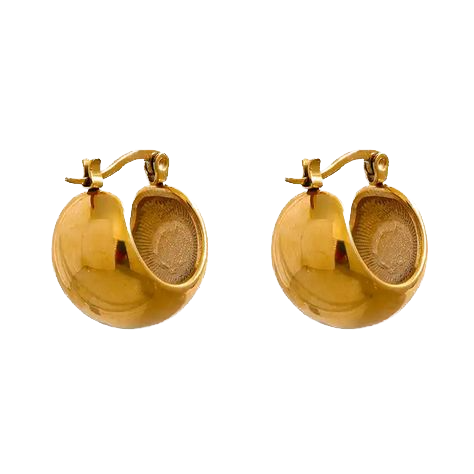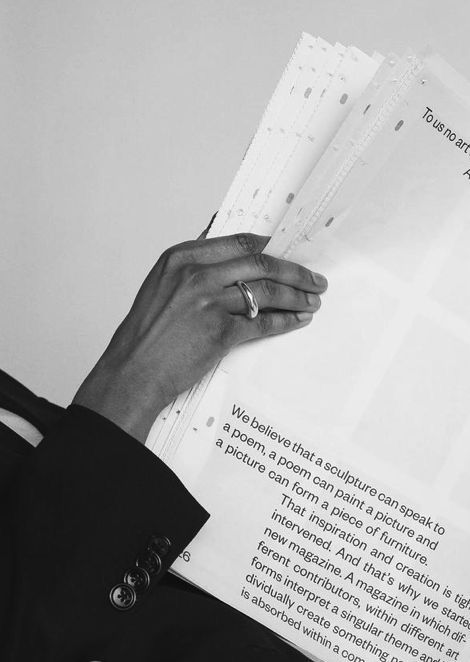
Your earrings weren't always in your jewelry box.
Know about the steps it took to get to you and
the steps it skipped.

Definitions
On a macro level, “sustainable/ethical jewelry” looks
like “responsible sourcing practices in the jewelry supply
chain, and the use of [environmentally and ethically]
sustainable materials” according to Sustainable Jungle.

The micro level is where things get more complicated.
Unlike fast fashion, the jewelry industry is heavily involved with mining.
The illegal trade of diamonds & other precious gemstones have led to mining communities living in poverty without basic necessities despite the high values of precious metals & gemstones.
At its core: sustainable / ethical jewelry would look like a transparent supply chain which includes not only taking care of the people involved but the environment as well.
A Deeper Insight
As mentioned above, ethical jewelry is jewelry whose origins can be traced down the supply chain, meaning the knowledge of how and where the jewelry was sourced is available for the consumer so they can make an informed choice. The laws for sourcing the precious metals and gems vary depending on the country so knowing the country of origin of a precious gemstone is usually the first step in deciding whether a piece of jewelry is sustainably and ethically sourced.
Sociopolitical concerns are also huge issues in the traditional jewelry industry. Artisanal mining is a practice carried out illegally by people who sell minserals to survive poverty. 22% of the world's gold comes from Africa where most artisinal mining takes place and it is ALWAYS ILLEGAL. Moreover, the mines can lead to soil degradation, lower biodiversity, bad water quality, and more.
Are We Complicit?
Short answer: yes. Whether we know it or not, when we choose to buy products from certain companies, we are ultimately supporting their practices as well. Many consumers are unaware of the places their favorite jewelry items go to before it finally reaches them and this journey is often filled with short cuts and cutbacks.

On top of that, our culture of mass consumption pressures companies to generate as much product through rapid trend cycles. For a while now, social media has been promoting overconsumption by perpetuating a rapid trend cycle and constant advertising. Despite this, there's a lot we can do when it comes to our role in supporting companies who obtain their products through unsustainable, unethical means.
What Can We Do?
Knowing even some information about the companies we choose to support by purchasing their products is immensely important.

Fast fashion companies can be sourcing their materials and labor unethically, whether it be through unsustainable mining practices to obtain precious metals and gemstones to increase profit margins or significantly underpaying workers to work in dangerous, sweatshop conditions. Rather than supporting these brands (think H&M, Zara, Fashionnova), we instead choose to support companies who have made it their mission to protect the people and the environment while supplying consumers with long-lasting, high-quality pieces.
Companies to Support!
Here are a list of companies you can support to be a more conscious consumer: